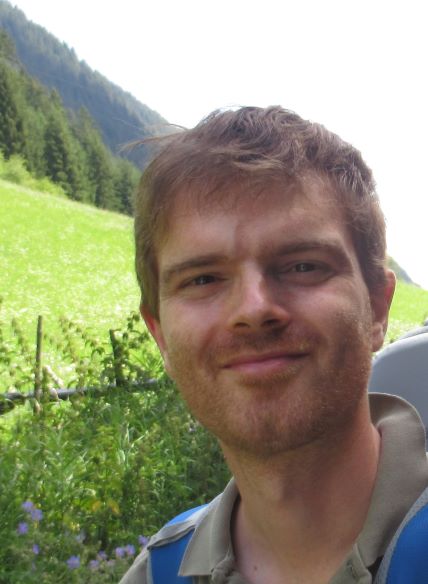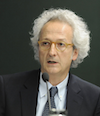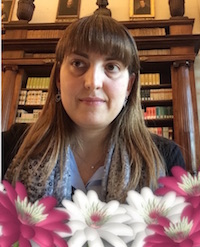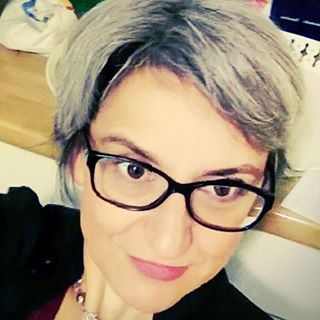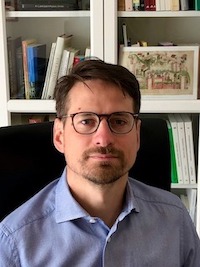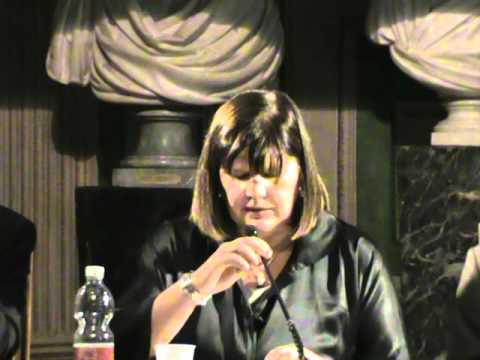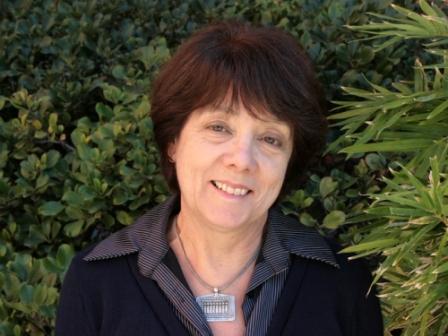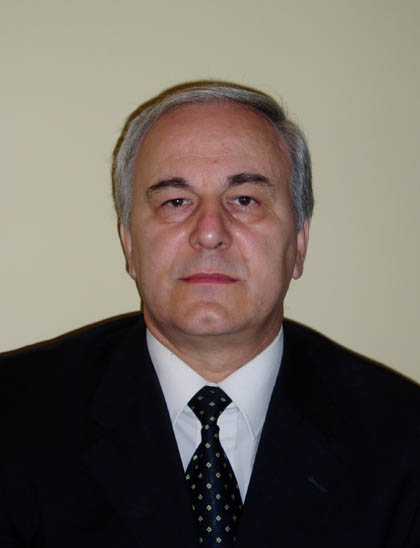Studying at the University of Verona
Here you can find information on the organisational aspects of the Programme, lecture timetables, learning activities and useful contact details for your time at the University, from enrolment to graduation.
Academic calendar
The academic calendar shows the deadlines and scheduled events that are relevant to students, teaching and technical-administrative staff of the University. Public holidays and University closures are also indicated. The academic year normally begins on 1 October each year and ends on 30 September of the following year.
Course calendar
The Academic Calendar sets out the degree programme lecture and exam timetables, as well as the relevant university closure dates..
| Period | From | To |
|---|---|---|
| I semestre | Oct 1, 2014 | Jan 10, 2015 |
| II semestre | Feb 23, 2015 | May 30, 2015 |
Exam calendar
Exam dates and rounds are managed by the relevant Foreign Languages and Literatures Teaching and Student Services Unit.
To view all the exam sessions available, please use the Exam dashboard on ESSE3.
If you forgot your login details or have problems logging in, please contact the relevant IT HelpDesk, or check the login details recovery web page.
Should you have any doubts or questions, please check the Enrollment FAQs
Academic staff
 daniela.carpi@univr.it
daniela.carpi@univr.it

Degani Marta
 marta.degani@univr.it
marta.degani@univr.it
 +39 045802 8259
+39 045802 8259
 cinzia.delotto@univr.it
cinzia.delotto@univr.it
 cecilia.grana@univr.it
cecilia.grana@univr.it
 silvia.monti@univr.it
silvia.monti@univr.it
Nikitin Sergey
 sara.paolini@univr.it
sara.paolini@univr.it
 alberto.scandola@univr.it
alberto.scandola@univr.it
Study Plan
The Study Plan includes all modules, teaching and learning activities that each student will need to undertake during their time at the University.
Please select your Study Plan based on your enrollment year.
1° Year
| Modules | Credits | TAF | SSD |
|---|
Prima lingua straniera anno ISeconda lingua straniera anno IPrima letteratura straniera anno ISeconda letteratura straniera anno IUn insegnamento a scelta2° Year activated in the A.Y. 2015/2016
| Modules | Credits | TAF | SSD |
|---|
Prima letteratura straniera anno IISeconda letteratura straniera anno IIPrima lingua straniera anno IISeconda lingua straniera anno II3° Year activated in the A.Y. 2016/2017
| Modules | Credits | TAF | SSD |
|---|
Prima letteratura straniera anno IIISeconda letteratura straniera anno IIIPrima lingua straniera anno IIISeconda lingua straniera anno IIIUn insegnamento a scelta (la filologia deve essere inerente alla prima o seconda lingua scelta)Un insegnamento a scelta (artistico)| Modules | Credits | TAF | SSD |
|---|
Prima lingua straniera anno ISeconda lingua straniera anno IPrima letteratura straniera anno ISeconda letteratura straniera anno IUn insegnamento a scelta| Modules | Credits | TAF | SSD |
|---|
Prima letteratura straniera anno IISeconda letteratura straniera anno IIPrima lingua straniera anno IISeconda lingua straniera anno II| Modules | Credits | TAF | SSD |
|---|
Prima letteratura straniera anno IIISeconda letteratura straniera anno IIIPrima lingua straniera anno IIISeconda lingua straniera anno IIIUn insegnamento a scelta (la filologia deve essere inerente alla prima o seconda lingua scelta)Un insegnamento a scelta (artistico)| Modules | Credits | TAF | SSD |
|---|
Legend | Type of training activity (TTA)
TAF (Type of Educational Activity) All courses and activities are classified into different types of educational activities, indicated by a letter.
Language learning (2015/2016)
The teaching is organized as follows:
Learning outcomes
Module: PARTE I
-------
The course aims at providing students with an introduction to the general principles that rule the learning and use of a second/foreign language, with particular attention to the development of L2 grammar (morpho-syntactical competence) and of L2 lexicon.
Module: PARTE II
-------
An introduction to the general principles that rule the learning and use of a second language, with particular attention to intercultural communication and individual learning variables.
Program
Module: PARTE I
-------
The course introduces the models of L2/foreign language acquisition and learning and describes them from a historical perspective (behaviorism, innatism, cognitivism, functionalism). It describes and discusses the basic notions of L2 acquisition and foreign language learning, such as that of interlanguage, sequence of acquisition, input, fossilization, levels of proficiency. Finally, the course provides the students with the tools for the linguistic analysis of the interlanguage and for the description of the main principles driving the linguistic development in child and adult L2 acquisition.
References
BETTONI C., 2001, Imparare un'altra lingua. Lezioni di linguistica applicata, Bari-Roma, Laterza.
Ulteriori indicazioni bibliografiche potrenno essere fornite durante le lezioni.
Module: PARTE II
-------
- Learning variables and individual Learning conditions;
- Intercultural gaps and intercultural communication.
Bibliografy and programme are the same for all students.
Balboni P.E., 2007, La comunicazione interculturale, Venezia, Marsilio (o in alternativa Balboni P.E., Caon F., 2015, La comunicazione interculturale, Venezia, Marsilio.)
Lightbown P., Spada N.,2013, How Languages are Learned, Oxford Handbooks for Language Teachers, 4th Edition. 2013. (capitoli 3 e 7)
Mariani L., “Le diversità culturali negli stili cognitivi e comunicativi: dal conflitto al compromesso alla sinergia”, https://www.academia.edu/4767315/Le_diversit%C3%A0_culturali_negli_stili_cognitivi_e_comunicativi_dal_conflitto_al_compromesso_alla_sinergia
Mariani L., “Attitudini e atteggiamenti nell’apprendimento linguistico”, http://riviste.unimi.it/index.php/promoitals/article/view/641
Torresan P., “Verso la definizione di una psicopedagogia delle lingue differenziata”, http://ojs.cimedoc.uniba.it/index.php/glottodidattica/article/viewFile/249/120
Oxford R.L., “Language Learning Styles and Strategies: An Overview”, http://web.ntpu.edu.tw/~language/workshop/read2.pdf
Examination Methods
Module: PARTE I
-------
Written test (about 45 minutes) with questions of different nature: there will be both open and multiple choice questions, which may deal with both theoretical and practical aspects of the program.
Module: PARTE II
-------
Written test
Multiple choices , short definitions and open questions on the course bibliography.
Type D and Type F activities
To discover all the teaching activities accredited by the foreign teaching college click here
Career prospects
Module/Programme news
News for students
There you will find information, resources and services useful during your time at the University (Student’s exam record, your study plan on ESSE3, Distance Learning courses, university email account, office forms, administrative procedures, etc.). You can log into MyUnivr with your GIA login details: only in this way will you be able to receive notification of all the notices from your teachers and your secretariat via email and soon also via the Univr app.
Student login and resources
Gestione carriere
Assegnazione tutore
Attività accreditate D/F
Calendario didattico dettagliato
Cambio lingua curriculare
Competenze informatiche
Competenze linguistiche (prima e seconda lingua)
Competenze linguistiche in triennale (terza lingua CFU F)
Compilazione del piano didattico
Corso di Lingua portoghese
Erasmus+ e altre esperienze all'estero
Linguistic training CLA
Presentazione dei corsi di studio e Open day
Graduation
Saperi minimi
Stage e tirocini
Le attività di stage sono finalizzate a far acquisire allo studente una conoscenza diretta in settori di particolare interesse per l’inserimento nel mondo del lavoro e per l’acquisizione di abilità professionali specifiche.
Le attività di stage sono svolte sotto la diretta responsabilità di un singolo docente presso studi professionali, enti della pubblica amministrazione, aziende accreditate dall’Ateneo veronese.
I crediti maturati in seguito ad attività di stage saranno attribuiti secondo quanto disposto nel dettaglio dal “Regolamento d’Ateneo per il riconoscimento dei crediti maturati negli stage universitari” vigente.
- Tutte le informazioni in merito agli stage per futuri studenti sono disponibili alla pagina Stage e tirocini.
- Tutte le informazioni in merito agli stage per studenti iscritti sono pubblicate in MyUnivr - come fare per - stage e tirocini.
- Tutte le informazioni in merito agli stage per le aziende sono disponili alla pagina Stage e tirocini per azienze.
Ulteriori informazioni al seguente link https://www.univr.it/it/i-nostri-servizi/gestione-carriere-studenti-lingue-e-letterature-straniere/stage-e-tirocini-lingue-e-letterature-straniere









